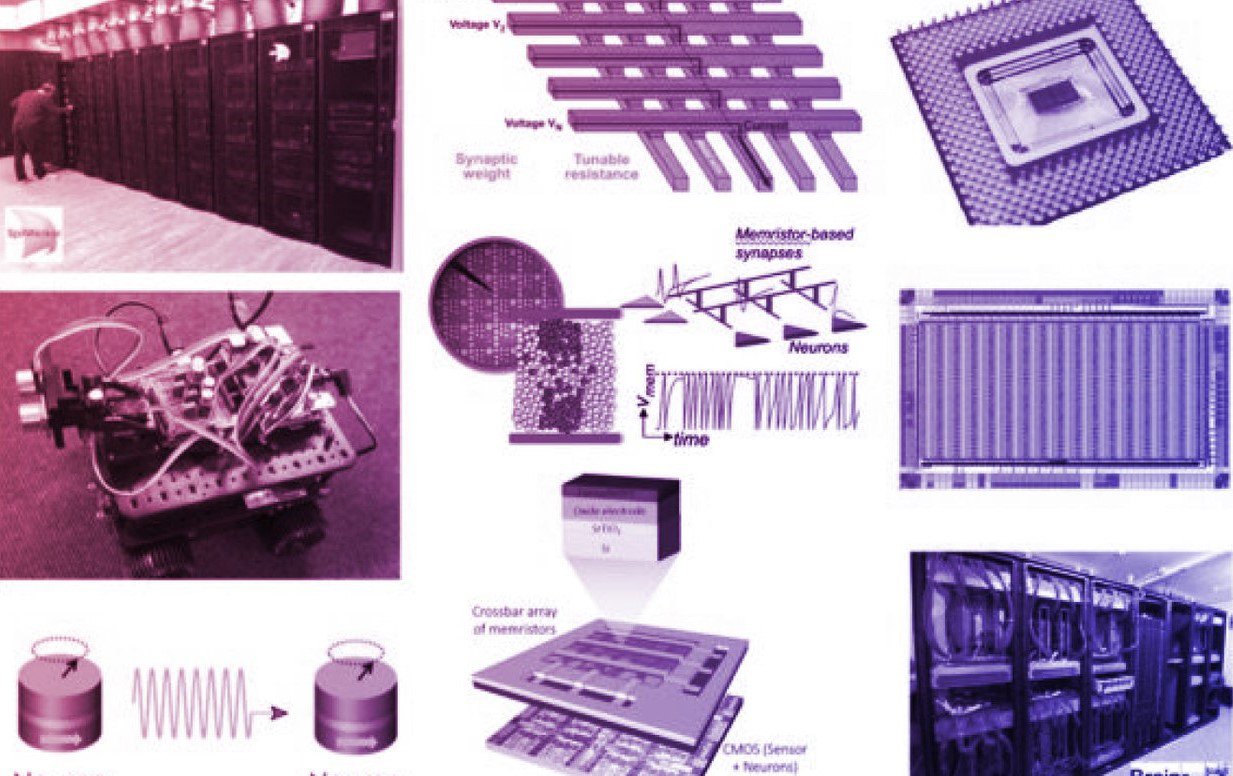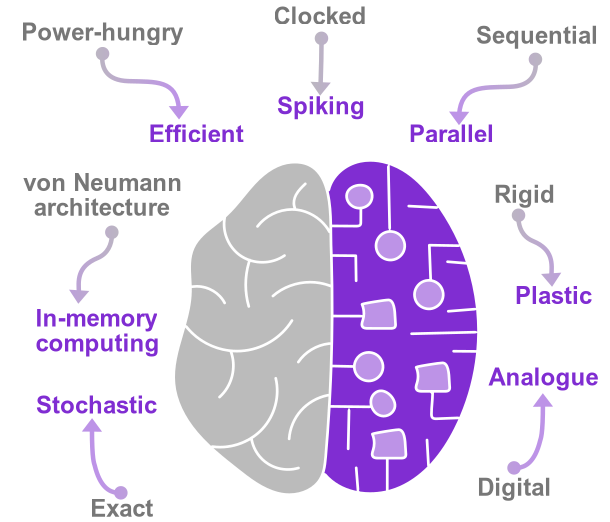1 September, 2021
2021 Misha Mahowald Prize for Neuromorphic Engineering, 2021 Mahowald Early Career Award
The Misha Mahowald Prize recognizes outstanding research in neuromorphic engineering in a broad sense: neurally-inspired hardware, software, and algorithms; as well as other novel architectures. The Prize is awarded by a jury of international experts Chaired by Prof. Terrence Sejnowski, and carries a prize of USD 10’000.
The Mahowald Early Career Award recognizes outstanding Master's students, PhD doctoral students, or postdocs within one year of PhD degree conferral date. The Award is for an individual (not a group) who has created innovative neuromorphic hardware, software, or an algorithm. The Award is decided by a jury of established mid-career scientists Chaired by Prof. Andre van Schaik, and carries a prize of USD 2’000 together with a guaranteed seat at either the Capo Caccia or the Telluride Workshops for Cognitive Neuromorphic Engineering.
The submission deadline for both the Prize and the Award is 23:59 UTC, 31 October 2021.
For more information about the Prize and Award, see the home page: https://mahowaldprize.org/






